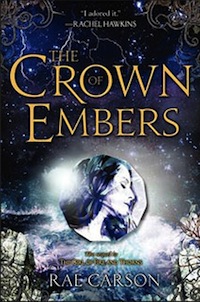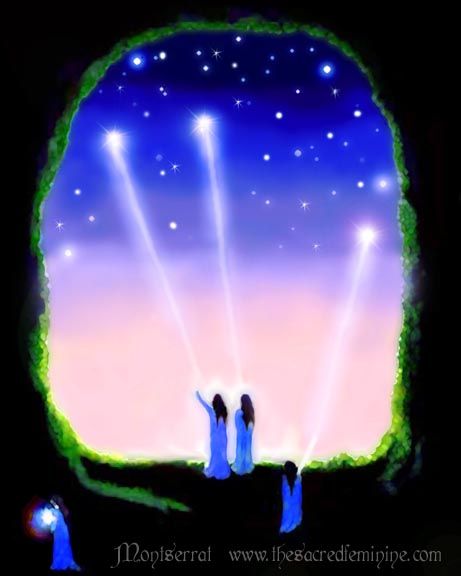Today I’m excited to share with you 6 questions with fantasy cartographer James Hunter-Shortland! Thanks for sharing with us, James!
Would you please describe what a fantasy cartographer is for people who might not know? Who needs this?
A fantasy cartographer is essentially an artist who makes maps of fictional places or time periods. We’re not to be confused with “proper” cartographers, who create maps of Earth using techniques such as GIS (geographical information systems) – they train for a long time and their work is more of a science than an art (though they might disagree). Fantasy cartographers are mainly semi-professional and self-trained. As far as I know, there are no courses or qualifications you can go out and get if you want to create fantasy maps.
The main communities who need fantasy maps are fantasy authors and RPG companies/creators. Sometimes video game developers will have a need for a fantasy map for their game (think Elder Scrolls, Witcher 3, Dragon Age) but most have in-house art teams who will design those. Recently, another cartographer was commissioned to design a tie-in map for the movie After Earth. I was even contacted by an individual who needed “old map” sets of slides for a corporate presentation. So there are lots of possibilities and you never know where the next request is going to come from.
How did you get started doing fantasy cartography? and Why?
I pretty much stumbled into fantasy cartography out of necessity. I was about twelve when I started writing a fantasy novel and realized I wanted a map to go with it. I had grown up with great stories like The Hobbit, LOTR and a series called Redwall, all of which featured these beautiful old style maps inside. I started out imitating my favorite maps, with nothing more at my disposal than a piece of paper and a pencil. Over the years I started to experiment with graphics software. My earliest experience of Photoshop and GIMP was taking movie posters, applying various effects to them and changing the layout. Eventually, I realised that if I could import my maps into PS/GIMP, maybe I could get a better final result than I could achieve by hand.
I don’t remember when or how, but at some point I came across the Cartographer’s Guild, which is a fantastic online community of fantasy cartographers. There are so many great tutorials on there for all kinds of styles of maps. I started tearing through those tutorials to see what kind of maps I could make. Up until a couple of years ago, I was only making maps for my personal writing projects. It’s only recently that I started to make maps on commission.
What’s the easiest part? What’s the hardest part?
That’s a tricky one! I’d say the easiest part of making a map is working out where everything goes and how it all fits together. For example, mountains are like the backbone of a continent and everything else flows down out of them. Rivers are at the mercy of gravity, so they always take the least difficult path, which is usually downhill and around obstacles, not through them. Forests grow around rivers and lakes and so on. Once you get all the rules straight in your head, it becomes easier to know how everything needs to be set out.
The hardest parts, at least for me, are labeling (place names) and anything that requires me to draw anything more than mountain and tree markers! Firstly, map labels are time consuming as there are usually a lot of them. And drawing – I’m a horrible “traditional” artist. While some fantasy cartographers are also great at painting or drawing, I really focus on using digital applications to achieve all my effects. That isn’t to say I don’t do any manual drawing when I design a map. I do own a graphics tablet which I use to draw in landmasses, create geographic markers and to shade/add in fine details.
What’s the most fun project you’ve worked on recently?
Projects are always a heady mixture of self-doubt, fun and perseverance. There are elements of certain projects I have enjoyed hugely and there are others that I have hated with a passion. There are two projects that come to mind where I really had a fun time.
First was my entry to the One Page Dungeon contest (this year was judged by Ernie Gygax, the son of the late Gary Gygax), “In the Vault of the Howling Palace”. I made this weathered paper type thing that was designed to be a page from the journal of a master thief. Needless to say, I didn’t win in any category, but I really enjoyed designing that page.
Second was a map called Tar Ebon which I made on commission for author Dayne Edmondson. He had this huge write-up for his world that he emailed to me, which I really enjoyed reading and helped me shape his map. I just really love the colors and the feel of that map – it’s a world that I would really love to explore.
How can people contact you if they want to know more?
For more, you can visit my website, The Fantasy Cartographer, or head over to my deviantArt page. I also recently launched my Facebook page so I’d really appreciate some Likes!
What are you currently reading? (Or what’s the last book you read?)
I’m currently reading The Lies of Locke Lamora by Scott Lynch and really enjoying it. I also devour non-fiction history books – if there’s a castle or a Roman, I’m sold!
—
Thanks so much, James!





